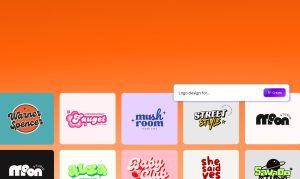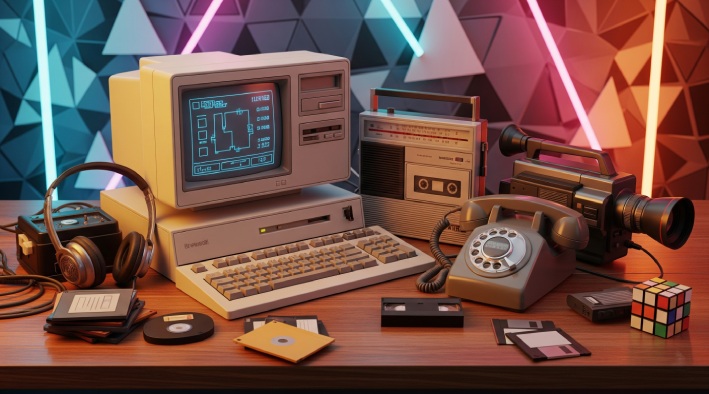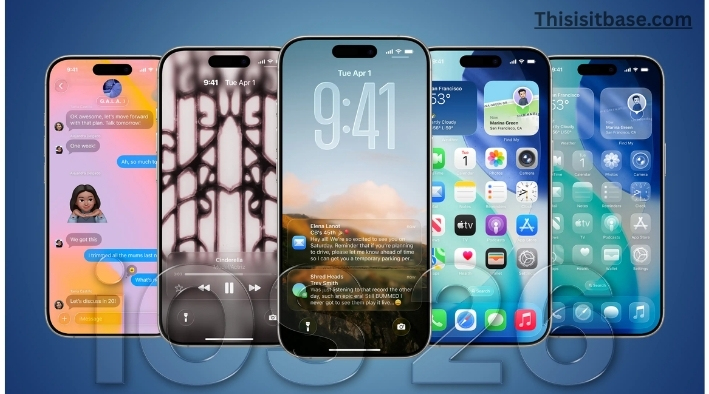Technology evolves rapidly, and keeping up with new tools can significantly boost efficiency. Whether you’re a developer, designer, or business owner, adopting the right new tools can streamline workflows and improve results. I remember struggling with project management until I discovered Trello—what a game-changer!
Table of Contents
Why Use New Tools?
Every industry benefits from innovative solutions. Upgrading to new tools ensures you stay competitive and productive.
| Benefit | Impact |
|---|---|
| Efficiency | Saves time and effort |
| Collaboration | Enhances teamwork and communication |
| Innovation | Provides access to better features |
| Cost-Effectiveness | Reduces expenses with automation |

Top New Tools in Different Fields
1. Productivity and Project Management
Managing multiple tasks can be overwhelming. Luckily, many new tool simplify project tracking and team collaboration.
| Tool | Features | Pricing |
|---|---|---|
| Trello | Task boards, automation | Free/Paid |
| Asana | Task management, timelines | Free/Paid |
| Notion | Notes, databases, project tracking | Free/Paid |
2. AI-Powered Writing and Editing
Writing content or emails? AI-based new tool can assist with grammar, tone, and clarity.
| Tool | Purpose | AI Features |
|---|---|---|
| Grammarly | Grammar and style checking | AI-powered suggestions |
| Hemingway | Improves readability | Highlights complex sentences |
| Jasper | AI content generation | Customizable writing styles |

3. Design and Creativity
Designers can benefit from new tools that offer AI-based automation and collaboration.
| Tool | Best For | Unique Feature |
|---|---|---|
| Canva | Graphic design | Drag-and-drop templates |
| Figma | UI/UX design | Real-time collaboration |
| Adobe Firefly | AI-generated images | Text-to-image feature |
Final Thoughts
Adopting new tool can transform the way you work. From managing projects to enhancing creativity, staying updated ensures you remain ahead of the curve. Try a few, and you might discover your next favorite tool!
Infographic: New Tools that every software Developer Should Know

Also Read:- Google Docs a Collaborative Document Creation



